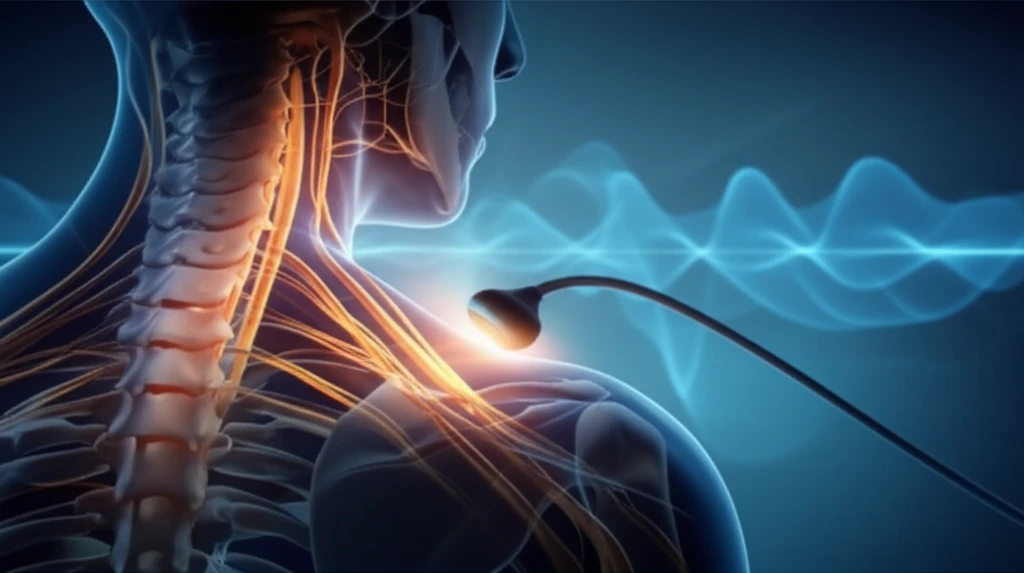
Steinert's Disease and Surgical Solutions: A New Era of Nerve Blocks
"Discover how targeted nerve blocks are changing the game for Steinert's patients undergoing surgery, minimizing risks and maximizing recovery."
Steinert's disease, the most prevalent adult form of muscular dystrophy, presents unique challenges when surgery becomes necessary. The disease, characterized by muscle weakness, atrophy, and myotonia (prolonged muscle contraction), demands careful consideration during anesthetic planning. Traditional anesthesia can trigger malignant hyperthermia or exacerbate myotonia, making surgical procedures riskier for these patients.
Clavicle fractures, common injuries often resulting from falls, require effective pain management and immobilization. However, for Steinert's patients, the standard approaches to anesthesia for fracture repair can be problematic. This has led to the exploration of alternative techniques that minimize the risks associated with general anesthesia and muscle relaxants.
This article explores a groundbreaking approach: the use of ultrasound-guided supraclavicular nerve and superior trunk blocks. This method offers a targeted way to manage pain during clavicle fracture surgery while reducing the likelihood of triggering adverse reactions related to Steinert's disease. By focusing on a case study, we'll uncover how this technique provides a safer, more controlled surgical experience.
Targeted Nerve Blocks: A Safer Surgical Path

The core of this innovative approach lies in the precision of ultrasound-guided nerve blocks. Unlike general anesthesia, which affects the entire body, these blocks target specific nerves responsible for sensation in the surgical area. This minimizes the potential for systemic complications and adverse reactions linked to Steinert's disease.
- Avoid the use of opioids and muscle relaxants, known triggers for myotonia and malignant hyperthermia.
- Reduce the spread of local anesthetic to the phrenic nerve, minimizing the risk of respiratory complications.
- Achieve effective pain management throughout the procedure.
- Facilitate a smooth and rapid recovery.
The Future of Surgical Care for Steinert's Disease
The successful application of supraclavicular nerve and superior trunk blocks in this case highlights a promising shift in the surgical management of Steinert's disease. By leveraging ultrasound technology, anesthesiologists can perform increasingly selective blocks, enhancing patient safety and reducing morbidity.
While sensory innervation of the clavicle requires further research, this case demonstrates the effectiveness of targeted nerve blocks when paired with maintenance of intra-operative hypnosis and awareness of the precautions and nuances with myotonic crisis
As medical knowledge and technology advance, personalized approaches like this one will become increasingly vital in ensuring the best possible outcomes for individuals with complex medical conditions like Steinert's disease. This method paves the way for future advancements for safer anesthetic techniques.
